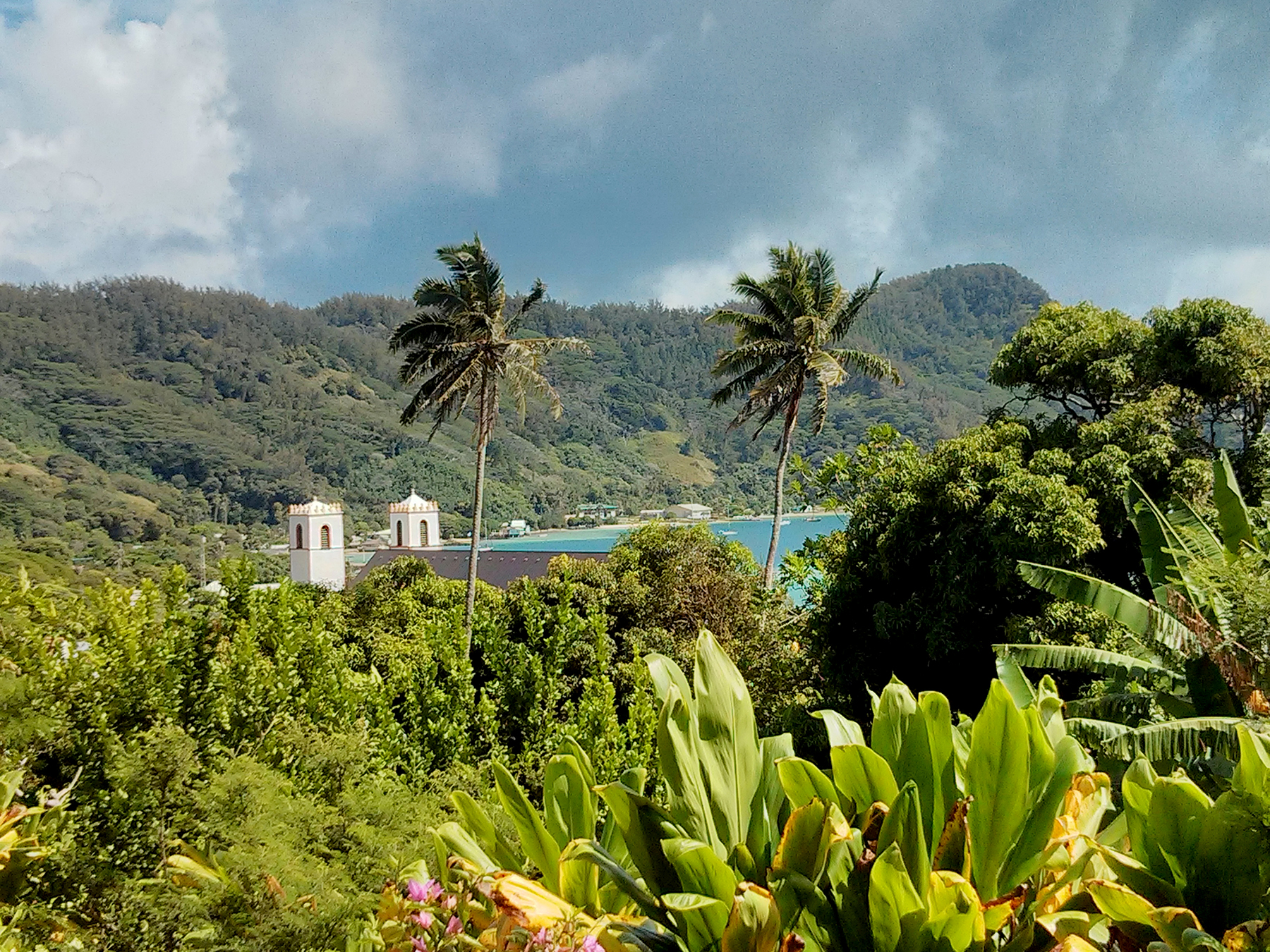Effects of ozone depletion felt in the Tropics
The hole in the ozone layer above Antarctica has more far-reaching consequences than previously assumed. A study by Bernese climate researchers has now shown that it even affects precipitation in the tropical regions of the Pacific, 10,000 kilometres away. This new finding demonstrates how the climates of extremely remote areas are linked.
The struggle to close the hole in the ozone layer that opens above the Antarctic each spring is seen as one of the greatest achievements of international environmental policy. In the late 1980s, the international community committed to drastically reducing the use of substances that deplete the ozone layer. This led to a steady recovery of the ozone layer above Antarctica, and in 2014, the World Meteorological Organization (WMO) announced that if this trend continued, recovery would be complete by the year 2050 at the latest. Now, however, an international team of researchers led by the Oeschger Centre for Climate Change Research at the University of Bern has concluded that the depletion of the ozone layer has had previously unknown effects on the climate system. Researchers found that even rainfall in the tropical regions of the Pacific is affected by the ozone hole. "The fact that there are such connections in the climate system between places so far apart is fascinating. However, it is disturbing that people are responsible for this", says the Bernese climatologist Stefan Brönnimann, who headed the study that has just been published in the journal Environmental Research Letters.
Global impact of the ozone hole
Simulations with a range of different climate models and statistical analyses of observed data from the past 60 years show that the hole in the ozone layer causes a ridge to the east of New Zealand. From that point, a wavy circulation pattern extends over the South Pacific and causes an increase in precipitation in the heart of the South Pacific Convergence Zone, one of the most intense rain belts on earth. For example, precipitation between October and December in Rikitea, French Polynesia, increased by 50 percent between the 1960s and the 1990s. A large part of that increase was down to the hole in the ozone layer. This trend will reverse during the ozone hole recovery that will take place over the next decades: precipitation in the region will be decreasing again.
"Significant ozone depletion was known to affect the winds over the Southern Ocean", explains Stefan Brönnimann, "but the effect as far as the Tropics had not previously been demonstrated." The focus of previous investigations was on the impact of the ozone hole on the subpolar latitudes and the southern mid-latitudes.
"Our study shows that ozone depletion was in the past a key driver of climate change in the tropical regions of the Pacific", says Stefan Brönnimann, "and in the same way, the recovery of the ozone layer will also affect the climate in the future." Considering the impact of the greenhouse effect caused by carbon dioxide and other gases, the Bernese climatologist is concerned by this evidence of the huge impact of human activity on the regional climate on the other side of the world.
Publication details:Brönnimann, S., M. Jacques-Coper, E. Rozanov, A. M. Fischer, O. Morgenstern, G. Zeng, H. Akiyoshi, Y. Yamashita (2017): Tropical Circulation and Precipitation Response to Ozone Depletion and Recovery, Environmental Research Letters, 13 June 2017, doi: 10.1088/1748-9326/aa7416 |
2017/06/13


